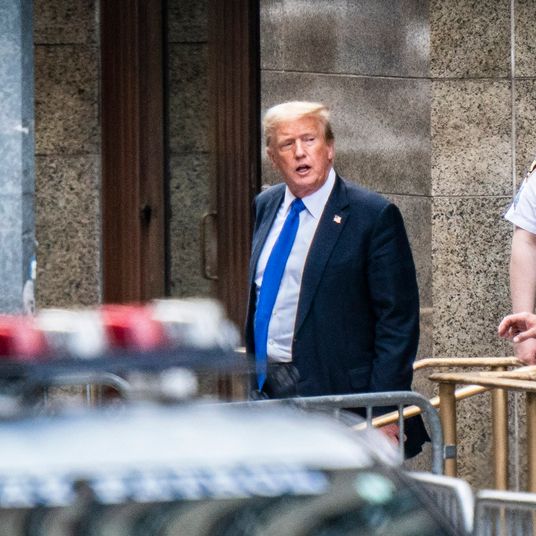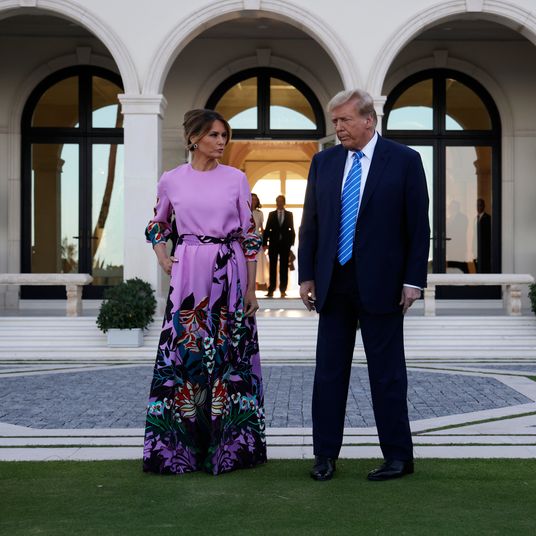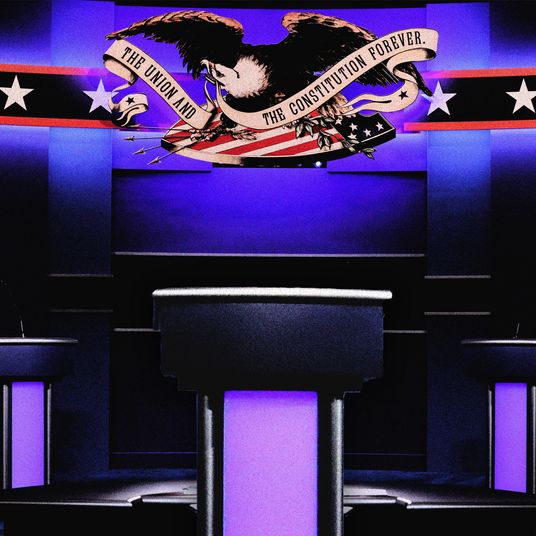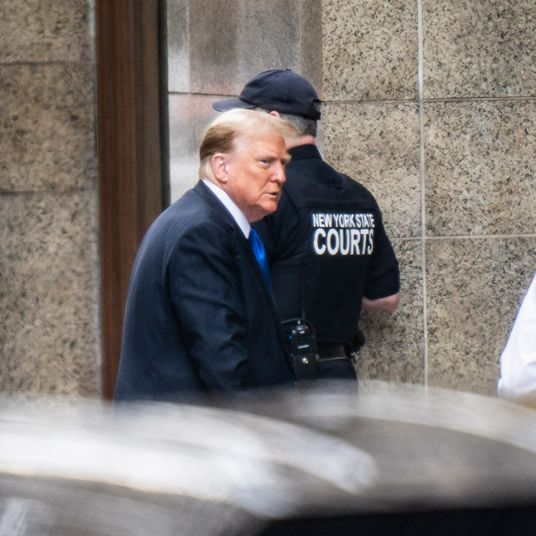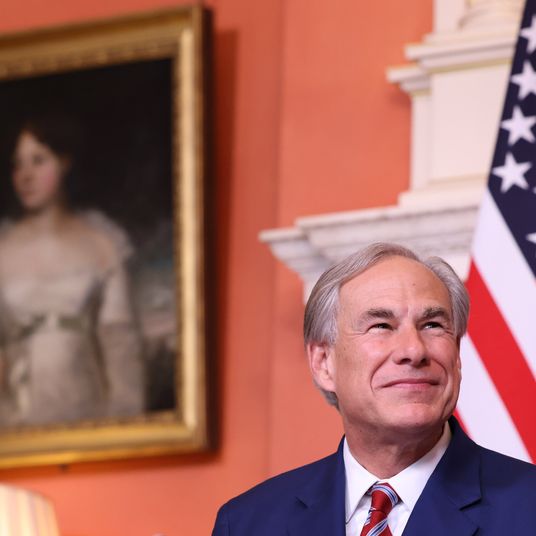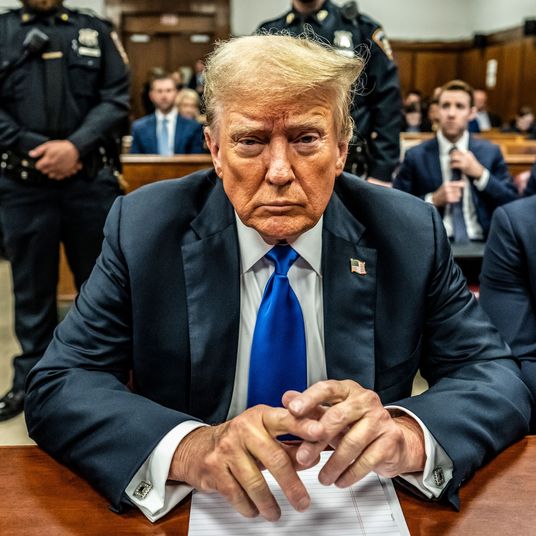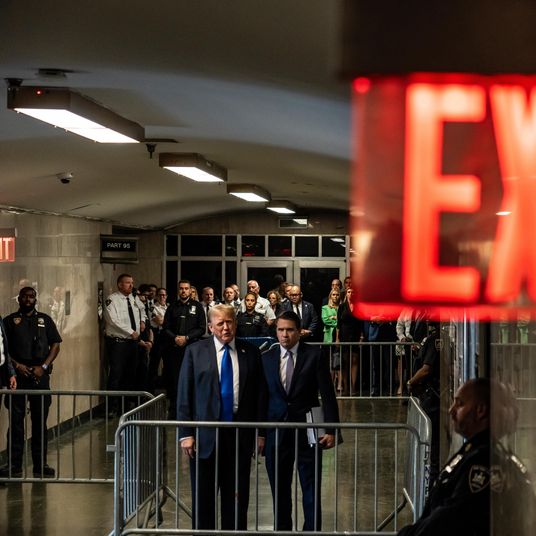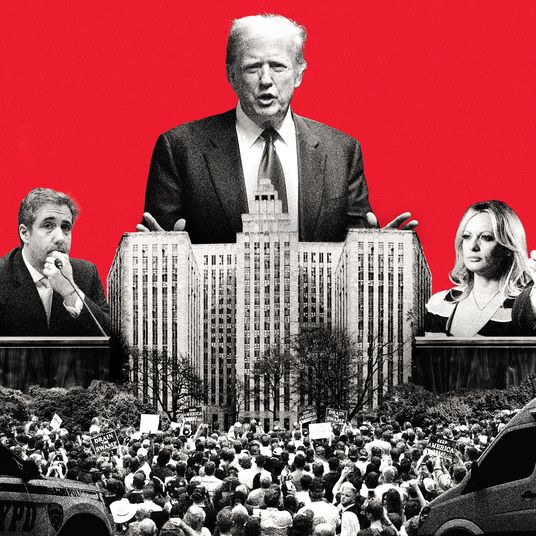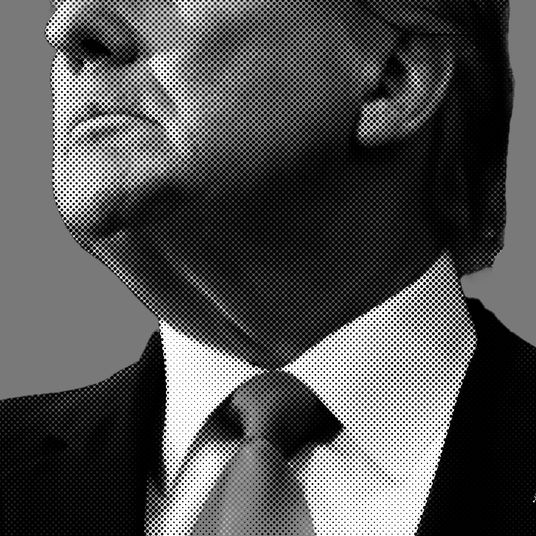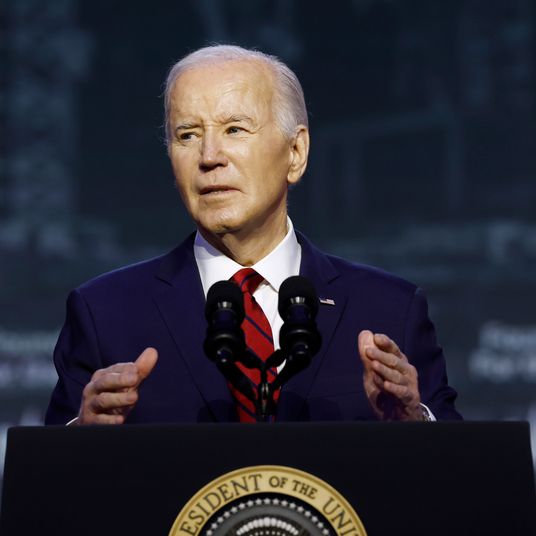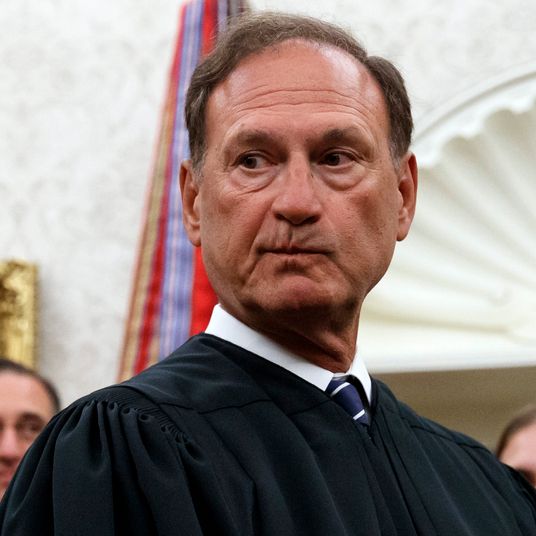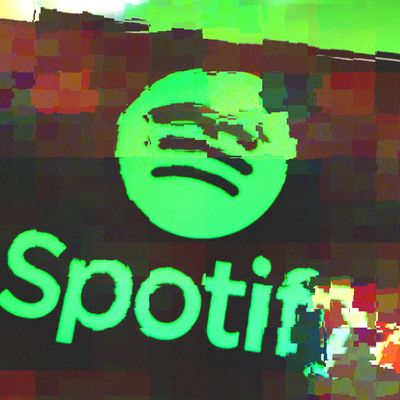
This week, the indie music platform Bandcamp laid off roughly half its staff after its second change of ownership in as many years. The site’s new owner, music-licensing service Songtradr, has promised to “keep all the existing Bandcamp services that fans and artists love,” but artists themselves sense a turning point. “God this is frustrating,” wrote John Darnielle of the Mountain Goats. “Bandcamp was an unalloyed good in the music business.” The platform, said Kimya Dawson of the Moldy Peaches, “was the only place I felt safe and supported as an artist.” Bandcamp, through which musicians have sold $193 million in downloads and physical media in the last year, was, for a certain type of artist, a refuge from the brutal economics and promotional machinery of streaming. As jazz musician and critic Ethan Iverson put it: “The path narrows.”
Meanwhile, Spotify has its own news for musicians worried about making a living: a new “Merch Hub,” where users are recommended products based on what they’ve streamed, as well as new profile pages through which artists can sell live tickets and promote merchandise. Musicians can also direct benevolent listeners to CashApp or crowdfunding sites like GoFundMe. These are, in Spotify’s words, ways to accomplish its “mission” of “enabling artists to live off their art.” In context, artists might read the offer another way:
“Hey, we’re the only game in town. Might as well play.”
Streaming music won, at least in the sense that everything else lost. In 2022, according to the Recording Industry Association of America, streaming services accounted for 84 percent of recorded music revenues, with physical media accounting for 11 percent and digital downloads adding up to 3 percent (and falling). For most listeners, the calculation is simple enough. Streaming is cheaper than buying music. It’s easier and at least nominally more ethical than outright piracy. It’s also operationally embedded in the culture: If you want to share a song, album, or playlist with friends or an audience, you’ll probably default to Spotify, the largest streaming service by far.
Spotify’s success is heavily qualified, though. It may be the Netflix of music, but it’s never posted a profit; in 2022, with nearly a half-billion users around the world, around 200 million of whom pay for the service, it lost 430 million euros (the company is based in Sweden). This weird, loser-take-all outcome — which happens from time to time in tech, where dominant firms are allowed to bleed money for years in pursuit of long-term sector domination — means that the music industry’s biggest success story of the 21st century can also seem like it’s flailing. There have been layoffs and a price hike. The company is pulling back from its splashy investment in podcasting. Royalties are by far its biggest operating cost, but outside of a small slice of the highest earners, many artists have been shocked by how little money ends up in their pockets.
Spotify’s response to criticism from artists has tended to alternate between pleading poverty and tough talk about The Way Things Are. In 2020, CEO Daniel Ek defended Spotify’s payouts, suggesting that “obviously, some artists that used to do well in the past may not do well in this future landscape, where you can’t record music once every three to four years and think that’s going to be enough.” In 2023, he emphasized that in many cases, a fraction of Spotify’s payouts makes it to artists due to arrangements beyond Spotify’s control. “What Spotify does is we pay out to those record companies and these publishers,” he said, “and don’t know what individual deals these artists may have.” This is true, but Spotify isn’t exactly going to battle with the rest of the industry. (One thing that Spotify does control is its free, ad-supported tier, which accounts for more than half of its listeners and which critics say dilutes payouts substantially.) Large music groups — some of which, including Universal, Sony, and Warner, are part-owners of Spotify — are much happier with the arrangement than some of their artists, and understandably so. In the middle of a massive post-internet industry contraction, Spotify didn’t cut them out (though that might still be part of the long-term plan). It bailed them out and became their most valuable partner.
In lieu of royalties, working artists are left with touring and merch sales, and they have to treat streaming — the primary way people are actually consuming their work — as a sort of promotional tool for off-platform ticket and T-shirt sales. In this scenario, Spotify still exerts a lot of influence, controlling which artists get seen and by whom through its popular curated playlists and omnipresent recommendation tools. To users, it resembles a streaming service; to artists, it can feel like an idiosyncratic but all-important social network where they must suss out the desires of not only of the platform’s listeners, but the platform itself. Such is Spotify’s centrality to the business that it’s even changing how popular music sounds.
Bandcamp was founded just one year after Spotify, in 2007, and has positioned itself as a small island separate from the brutal streaming economy — a destination for artists to connect more directly with fans, sans algorithmic mediation. It was never really a competitor to Spotify, but it was an alternative; a place where fans, even if they didn’t want to pay to download music, could keep tabs on artists, get updates about tours, buy merch, talk with one another, or find out about new music (Bandcamp’s layoffs included most of its editorial team, whose coverage and recommendations were a sort of throwback, analog counterpart to Spotify’s personalized, automated recommendations). It was a partial solution to some of streaming’s problems. To artists, this was worth more than the sum of its parts — or payouts.
By stepping onto Bandcamp’s turf and staking its claim over artists’ non-streaming sources of revenue — by, in the company’s words, allowing users to “shop your offers more easily” — Spotify will probably boost non-music sales for artists, but in the process fortify its position as the music industry’s default platform. It’s approaching problems the way every late-stage internet platform does, at least before it discovers its limits: by presuming total victory and control over the industry it’s been working to enclose. Spotify’s success as a basic streaming service eventually entitled it to a central role in how music is made and distributed. Why shouldn’t its success in music promotion make it the main platform for touring, merchandising, and fandom in general? For Spotify, in other words, the solution to its problems is and will always remain the same: more Spotify.






